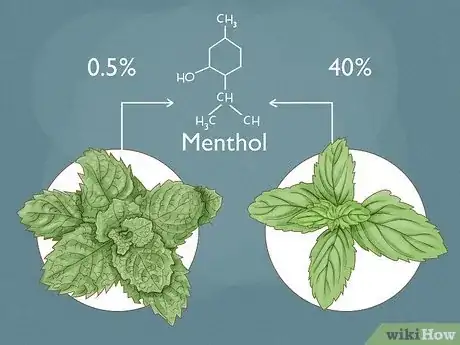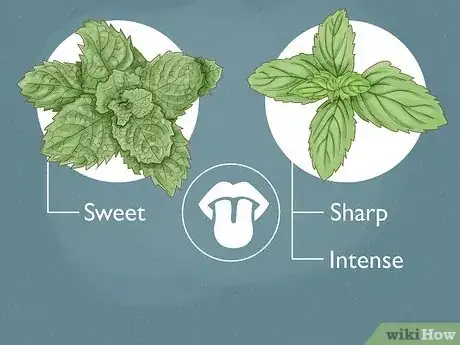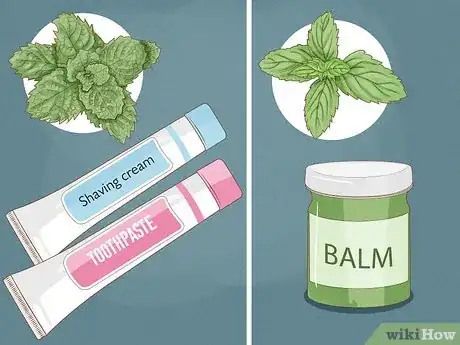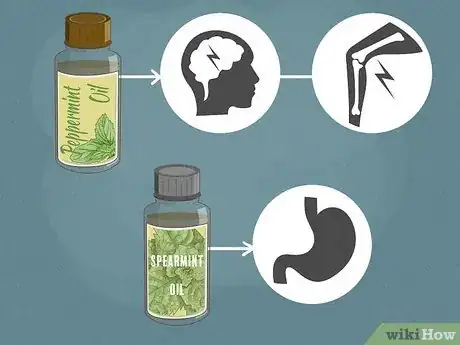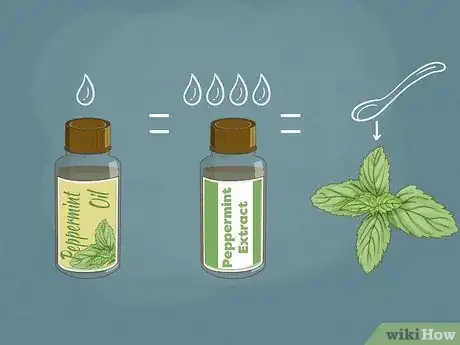This article was co-authored by wikiHow Staff. Our trained team of editors and researchers validate articles for accuracy and comprehensiveness. wikiHow's Content Management Team carefully monitors the work from our editorial staff to ensure that each article is backed by trusted research and meets our high quality standards.
There are 9 references cited in this article, which can be found at the bottom of the page.
This article has been viewed 1,717 times.
Learn more...
Many recipes call for mint, but how do you know which kind to use? Although spearmint and peppermint look similar, they have extremely different flavor profiles. Spearmint has a sweet, delicate taste that works well in savory dishes, while peppermint packs a punch, complementing decadent desserts. If you still need help deciding whether to use spearmint or peppermint, here’s an in-depth guide on the differences between both mint varieties.
Things You Should Know
- Due to its high menthol content, peppermint has a strong, spicy taste that complements desserts.
- Spearmint has a subtle, sweet flavor that works well in savory dishes and cocktails.
- Peppermint provides a wider range of medicinal purposes than spearmint; it treats headaches, improves digestion, and relieves body pains.
Steps
References
- ↑ https://academics.hamilton.edu/foodforthought/Our_Research_files/mint.pdf?q=the-mint-plant-and-its-uses
- ↑ https://academics.hamilton.edu/foodforthought/Our_Research_files/mint.pdf?q=the-mint-plant-and-its-uses
- ↑ https://academics.hamilton.edu/foodforthought/Our_Research_files/mint.pdf?q=the-mint-plant-and-its-uses
- ↑ https://youtu.be/wShQthtGwik?t=24
- ↑ https://khymos.org/molecular-gastronomy/flavor-pairing
- ↑ https://www.canr.msu.edu/news/stressed_peppermint_can_help
- ↑ https://youtu.be/OSf1jV9frDc?t=123
- ↑ https://youtu.be/OSf1jV9frDc?t=144
- ↑ https://www.nccih.nih.gov/health/peppermint-oil
